Description
SPL Gemini
Gemini is the first mid/side processor in 120V technology. In mastering, M/S processing is often the best way to get targeted access to individual elements of a mix.
M/S ?
The decomposition of the stereo signal in mid (voice, snare, bass …) and side (guitars, pads, cymbals …) allows their separate processing.
The center signal (Mid) is the sum of the left and right channels of the stereo signal (L+R), i.e. the “in phase” part of the stereo signal.
The side signal (Side) is the difference between the left and right channels of the stereo signal (L-R), i.e. the “out-of-phase” part of the stereo signal.
Gemini can also be used to enlarge or reduce the stereo image. An elliptical filter for shifting the low-frequency component from the side to the mid is also on board.
The Mid
When the M/S button is activated, the input signal (L/R stereo) is split into a mid and side signal.
The exact center position can be adjusted with the Balance control and the exact level with the Trim control. Both functions are switchable to be in the signal path only when in use.
Exclusive monitoring of the center is possible when the solo function is activated.
Processors can be inserted to process the mid signal and activated with the Insert button.
The Side
The side signal also has a solo function and a switchable insert for external processing.
In addition, the elliptical filter can be used to shift the bass frequencies from the side to the mid. This improves the punch and precision of low frequencies. The Stereo Width control changes the level of the side signal, with a level increase broadening the stereo image.
These two functions can also be switched on to be in the signal path only when used.
I/Os and Inserts

All inputs and outputs as well as sends and returns are balanced using Neutrik XLR connectors.
Processors can be connected to the inserts for external processing.
Especially interesting is the integration of the Gemini into the Hermes Mastering Router. In this way, processing chains can be created that combine classic L/R processing with M/S processing.
Gemini & Hermes
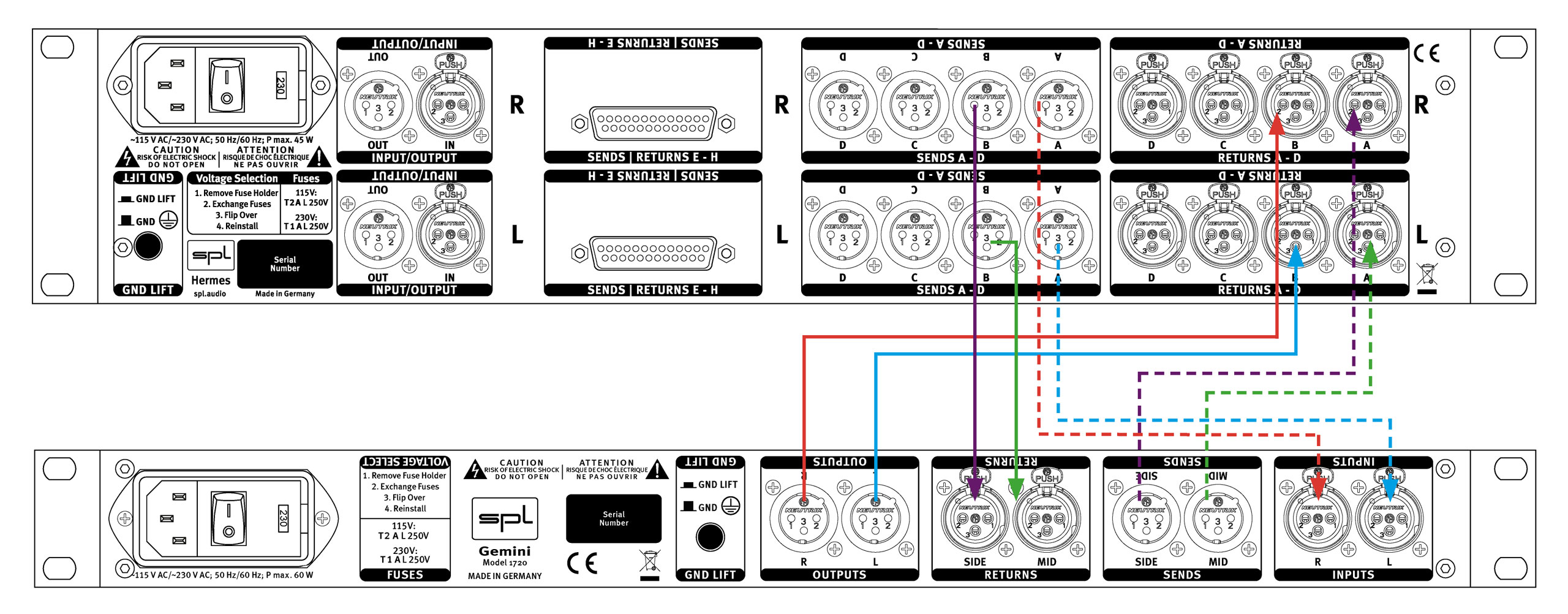
The M/S encoder and decoder stages of the Gemini can each be connected to an insert of the Hermes and freely positioned within the processing chain.
Processors that are in a chain between the M/S encoder and decoder process the mid/side signal. These processors can also easily be mono devices.
In the example above, Insert Send A is routed to Gemini for M/S encoding. The mid/side sends of the Gemini go back to Return A of the Hermes.
Send B goes from Hermes back to the Gemini to be encoded back to L/R, which flows from the output of the Gemini back to Return B of Hermes.

For example, it is possible (see figure above) to place the M/S encoder at processing position 3, an equalizer at processing position 4 for separate processing of the mid and side signals, and then the M/S decoder stage of the Gemini at processing position 5 to generate an L/R stereo signal again.
If a compressor is now to be used as an additional device for M/S processing, it can simply be set to processing position 5 in the chain, and the M/S decoder stage would move to process position 6 accordingly.
The 120V technology
The 120V technology is our reference technology. The 120V technology is unique in the world. It operates at a DC voltage of 120 volts. This is four times that of IC-based semiconductor op-amps.
The highest possible audio quality requires the highest possible audio operating voltage.
The 120V technology works with +/-60 V. To be able to handle such a high voltage, we have developed special proprietary operational amplifiers that can operate with a DC voltage of +/-60 V: the SPL 120V SUPRA operational amplifiers.
This high voltage would destroy conventional components and operational amplifiers.
The 120V technology achieves impressive technical specifications and sonic benefits. Technically, in terms of dynamic range, signal-to-noise ratio, and headroom. Sonically, in terms of richness of detail and an absolutely relaxed listening experience.
By the way, the “120V” in the name of the technology has nothing to do with the local mains voltage from the mains power socket. This is about the operating voltage inside the device with which the audio signals are processed.
The mains voltage from the mains power socket is transformed to the required secondary voltage in the device’s internal linear power supply with a toroidal transformer. Rectifiers convert this AC voltage into the DC voltage needed for the audio device.
The idea for SPL 120V technology and the SUPRA operational amplifier based on this technology were developed in the 1990s by SPL founder and chief developer Wolfgang Neumann.
With the goal of building the best mastering console ever, this basic technological philosophy then took shape for the first time – thus the SPL MMC1 Mastering Console for Galaxy Studios saw the light of day in 2000.
The outstanding sonic and technical features quickly got around in the scene – so further orders were not long in coming.
Besides the MMC 1, another legendary product with 120V technology was created with the PQ, the “King of Parametric Equalizers”.
Since then, 120V technology has been the foundation for all SPL premium products. Meanwhile, not only for mastering applications but also for studio or hifi use.
Comparison
Most audio devices work with an internal operating voltage of +/-15 volts and can thus process a maximum input level of +21.5 dBu. If a DAC, for example, has an output level of +22 dBu at 0 dBFS, level peaks of the music material would already cause overload in the input stage of the device.
All components in the audio device often operate at their limits. The result is an unsteady sound that causes stress and faster ear fatigue.
SPL devices with 120V technology can handle input levels of +32.5 dBu thanks to the higher internal operating voltage of +/- 60 volts – thus offering 12 dB more headroom. All components consequently operate continuously in the optimum operating range. The result is a very pleasant, natural and relaxed sound experience. So you can enjoy your music in every detail.
These diagrams clearly show the superiority of the 120V technology in comparison to other circuits with lower, common operating voltages.
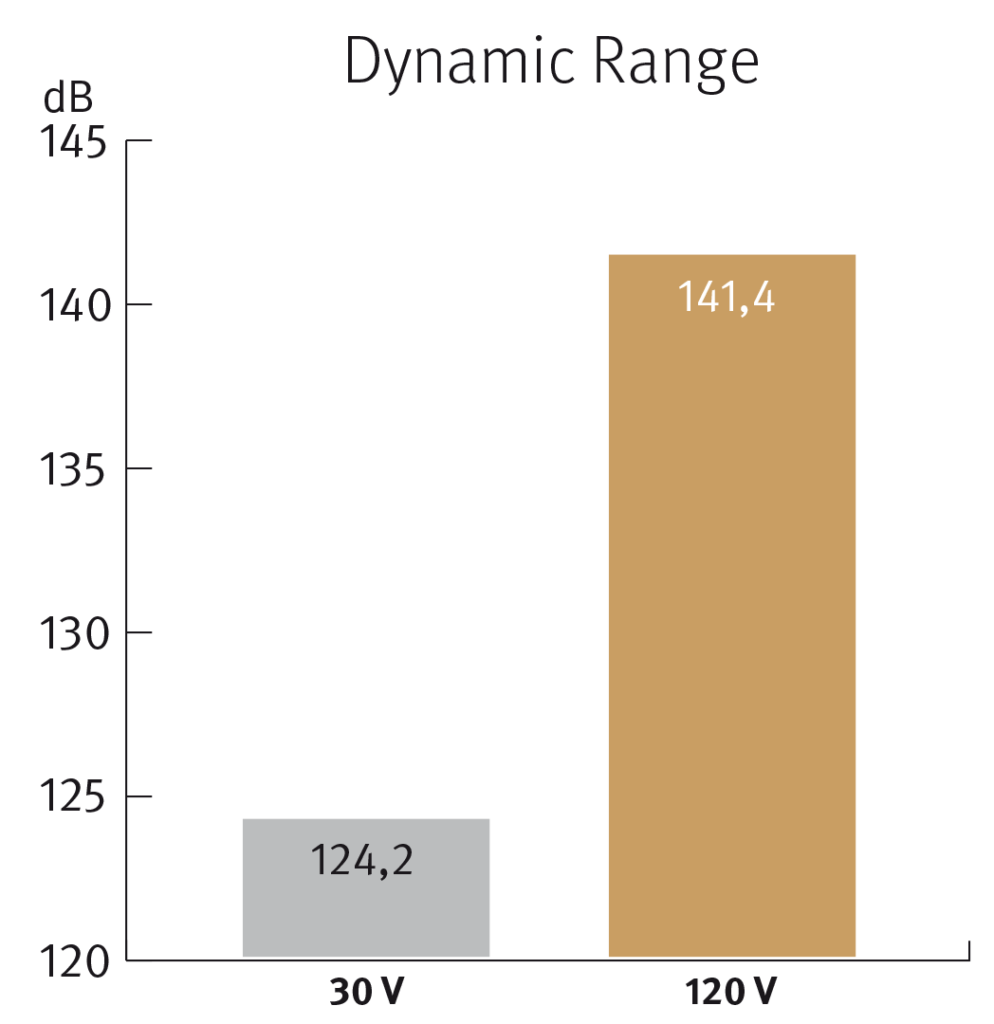
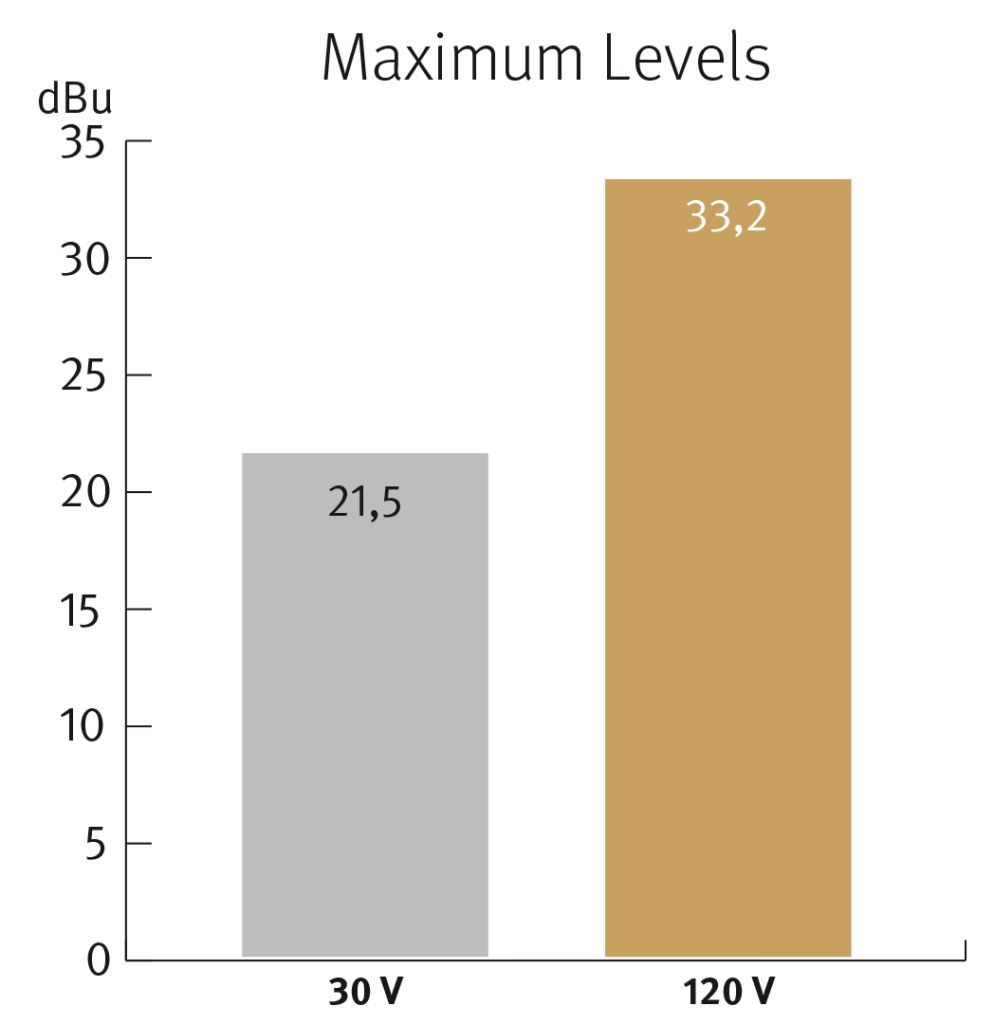
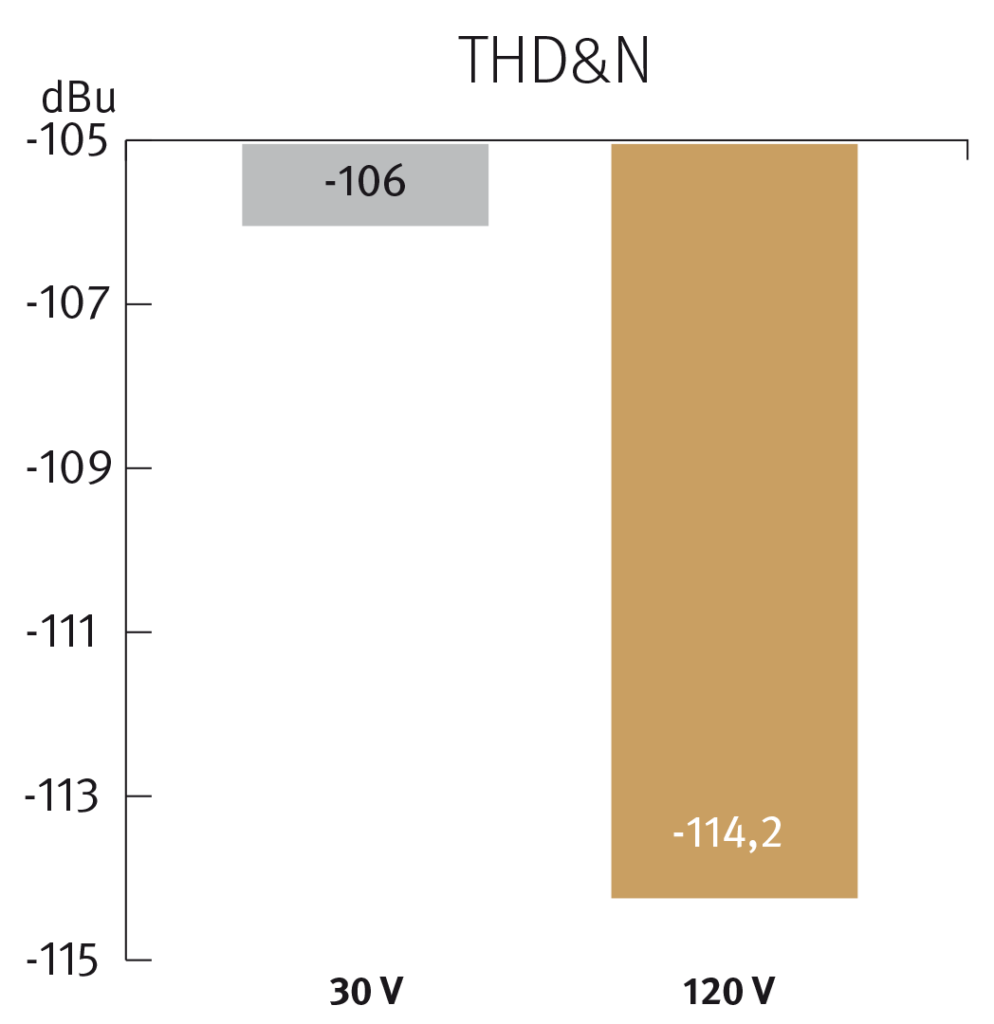
Specifications
Analog inputs & output; XLR (balanced)
Internal Linear Power Supply with Shielded Toroidal Transformer
Mains Power Supply
Dimensions & Weight
Reference: 0 dBu = 0,775V. All specifications are subject to change without notice.







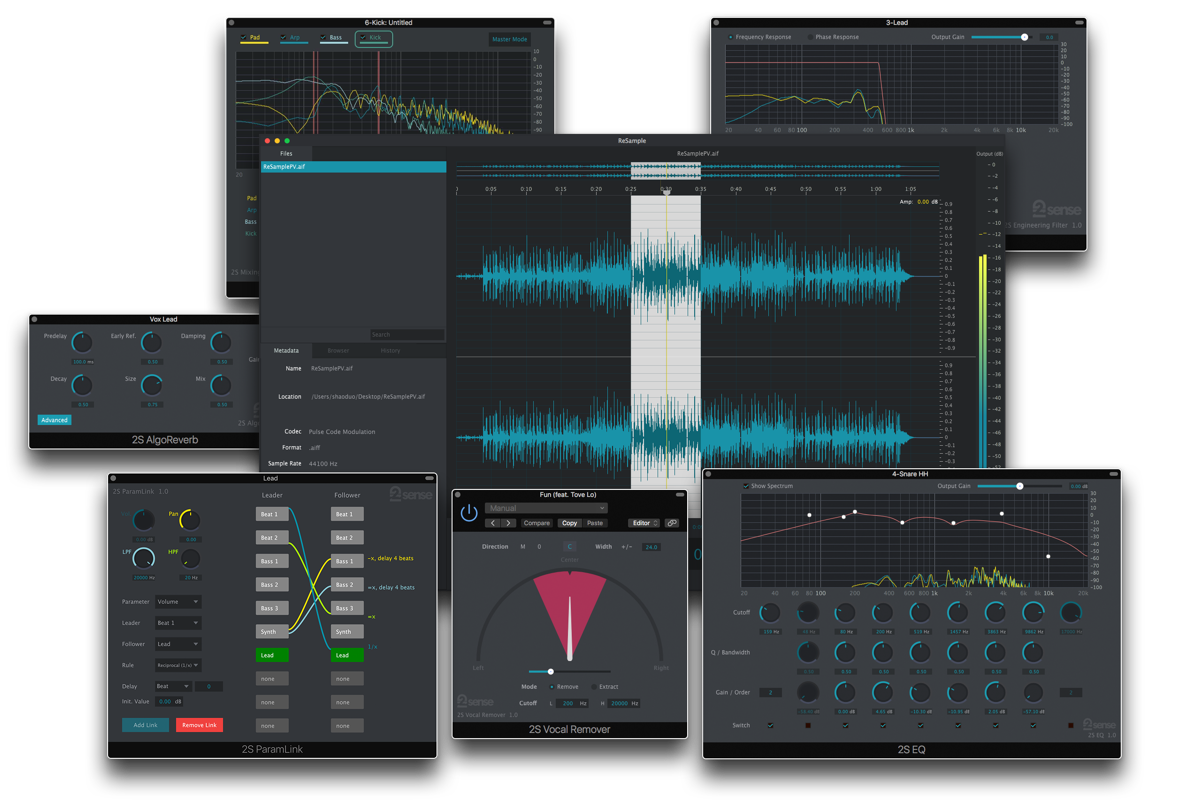
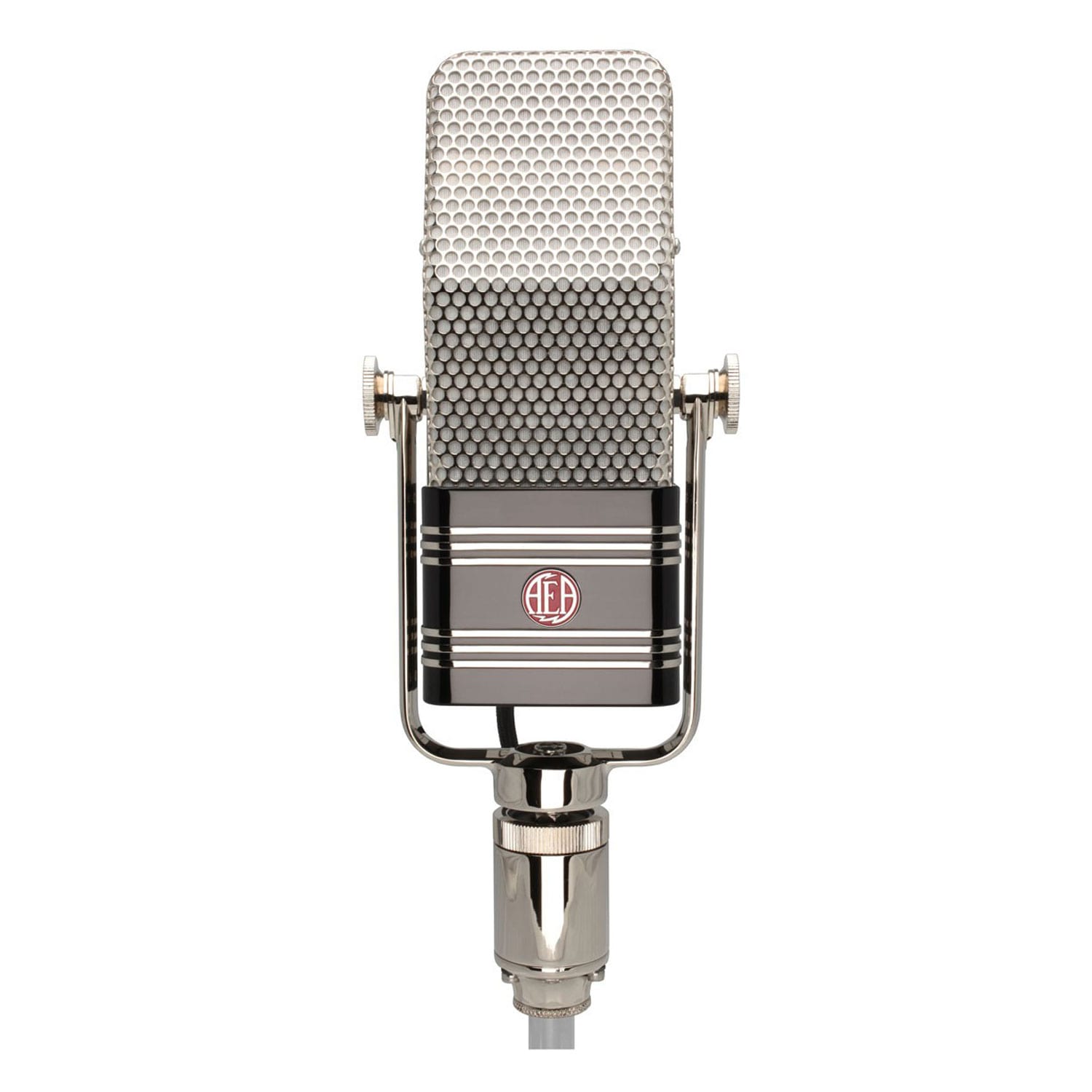

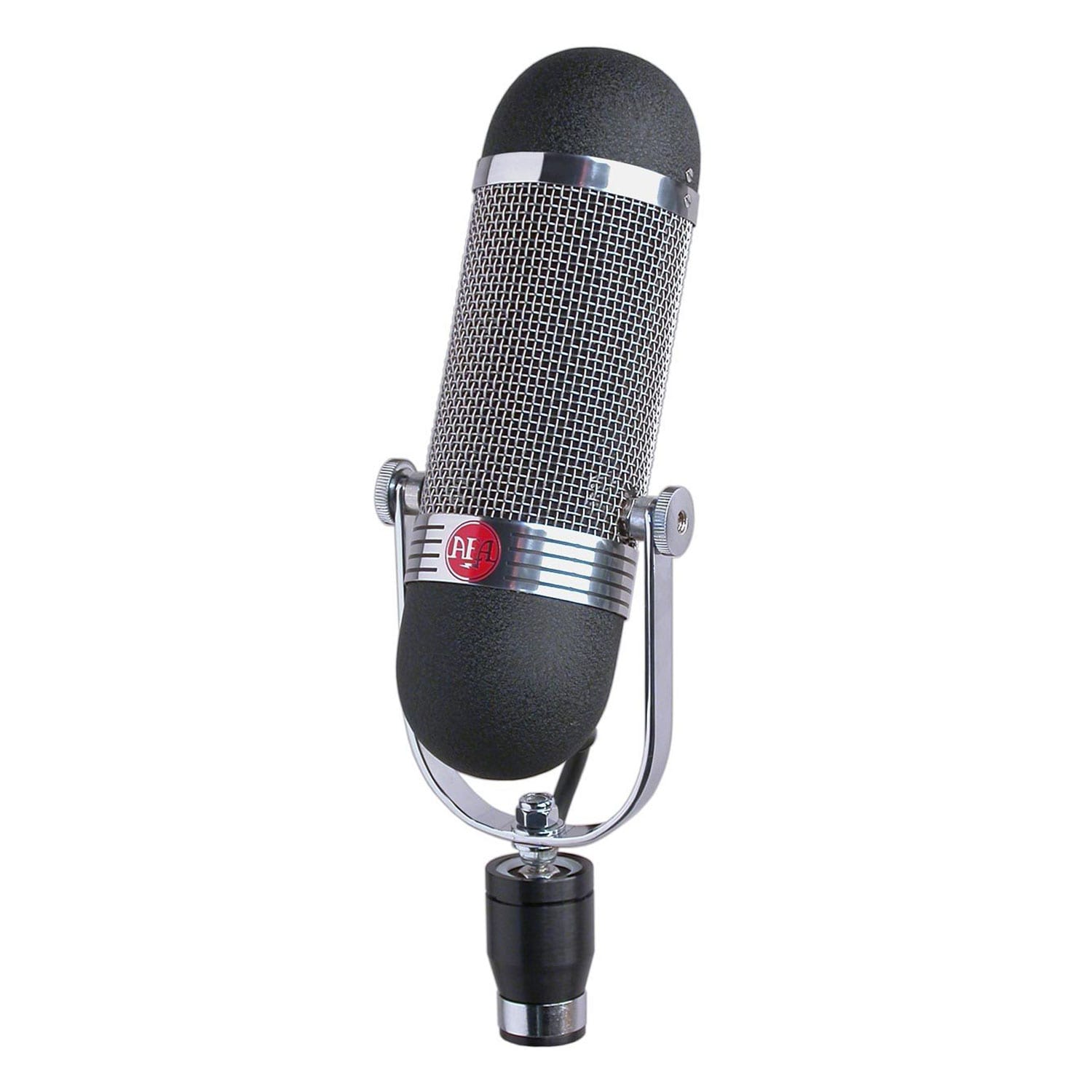

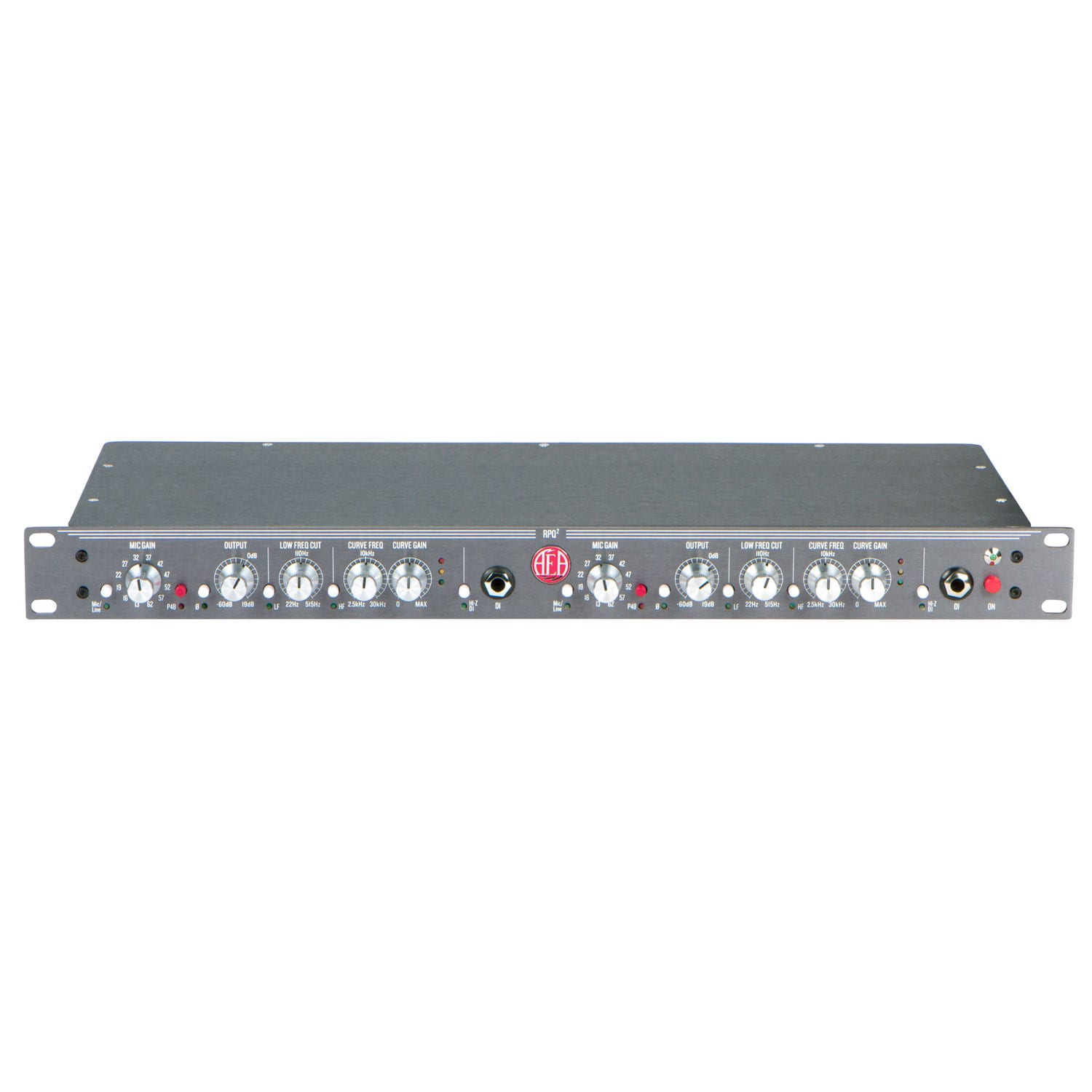

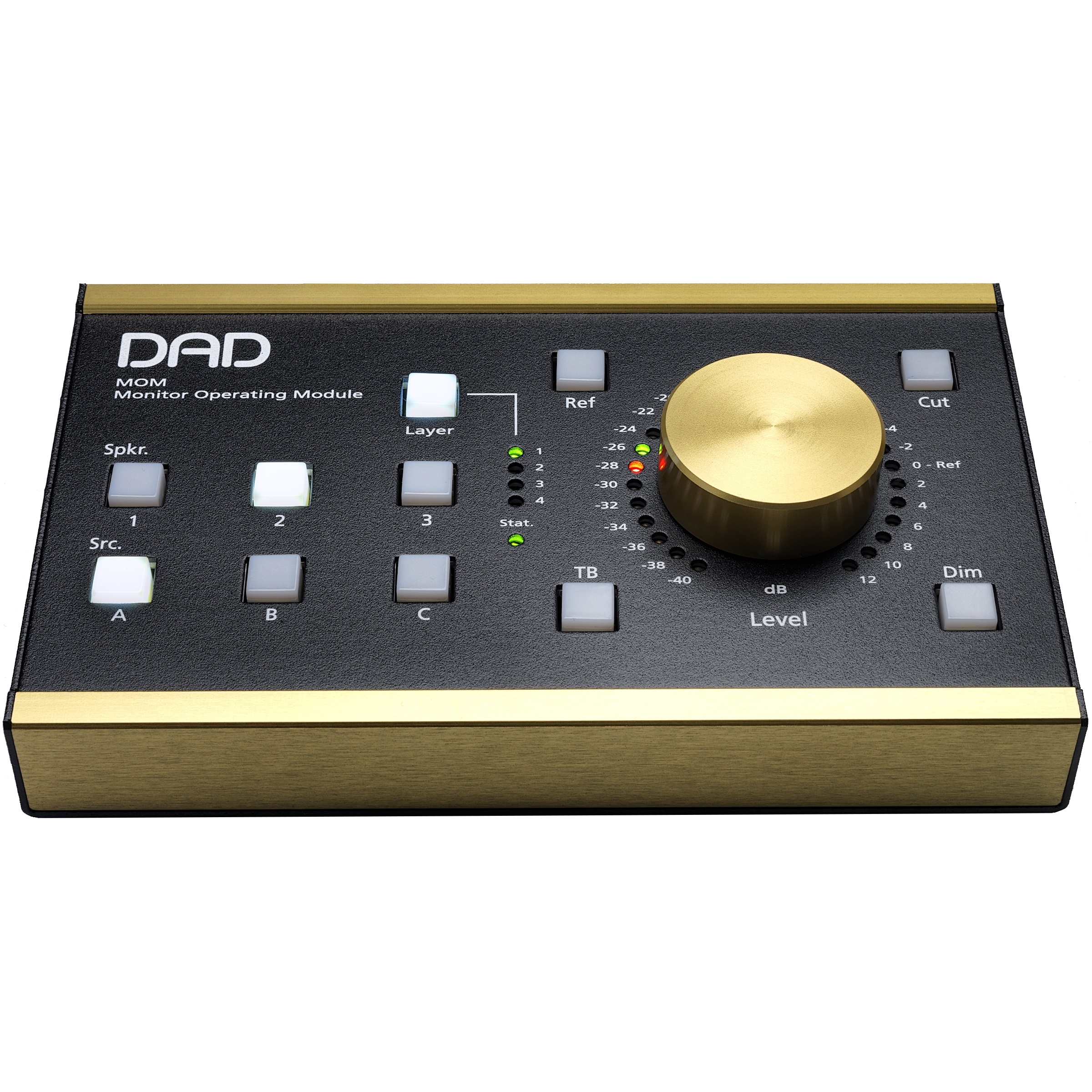
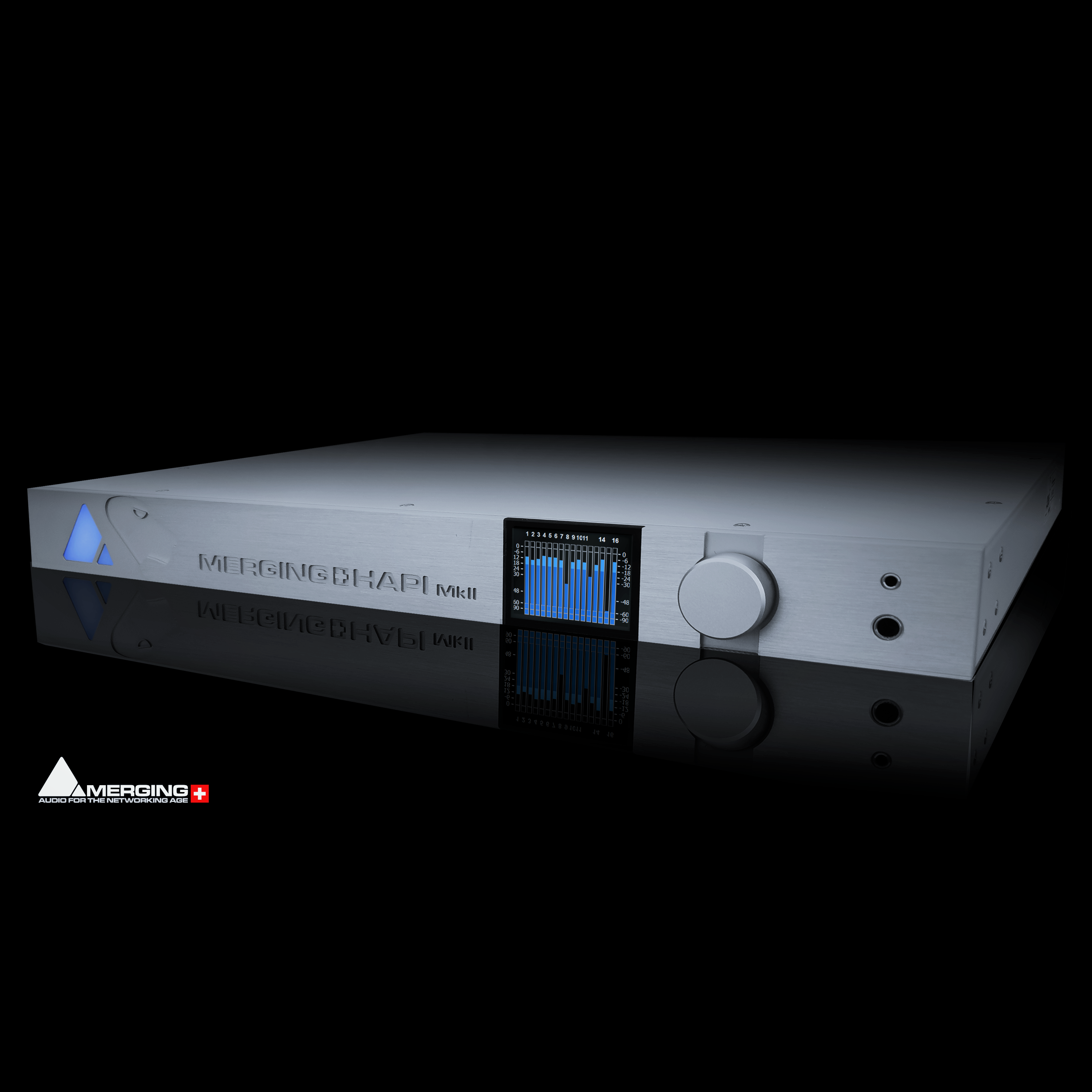

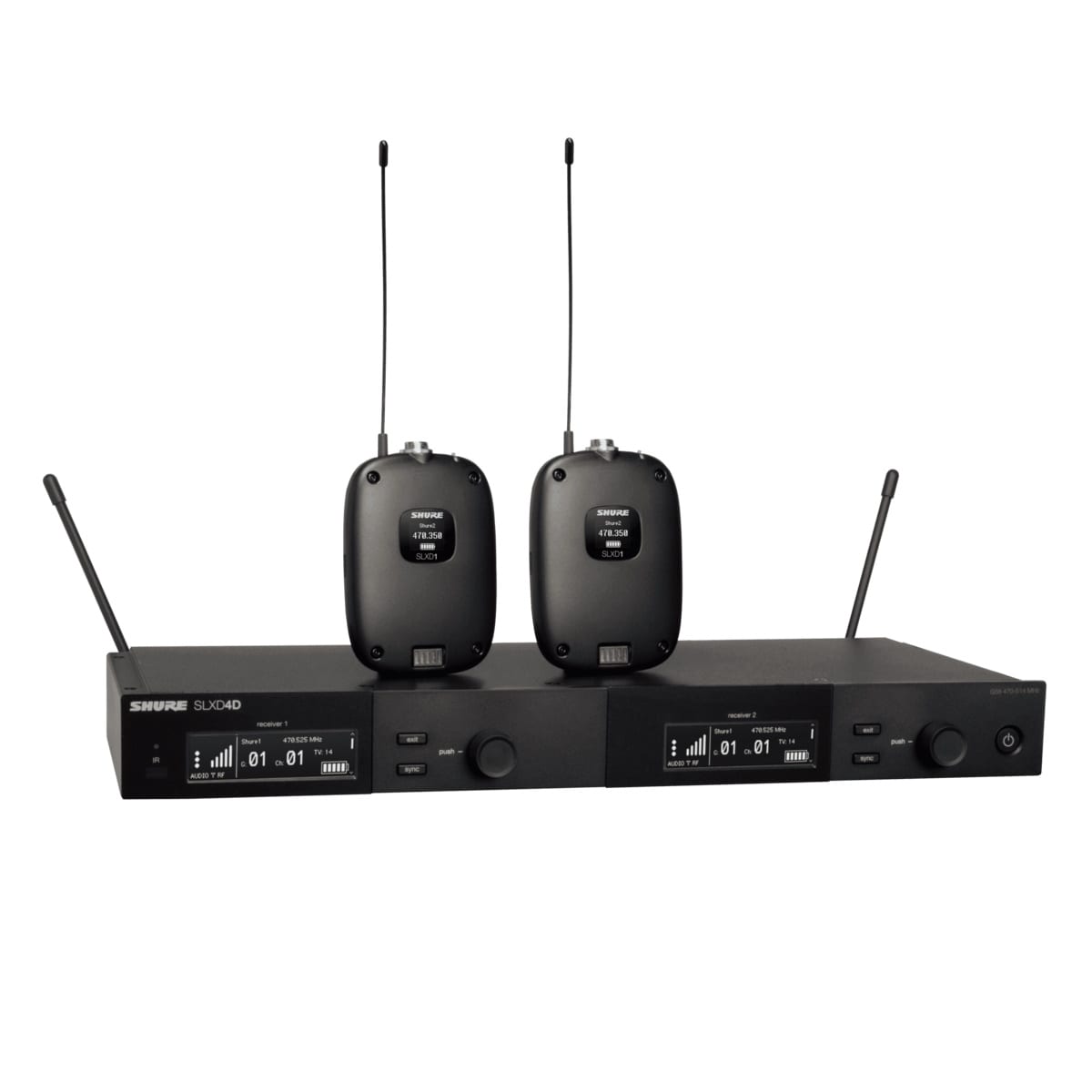
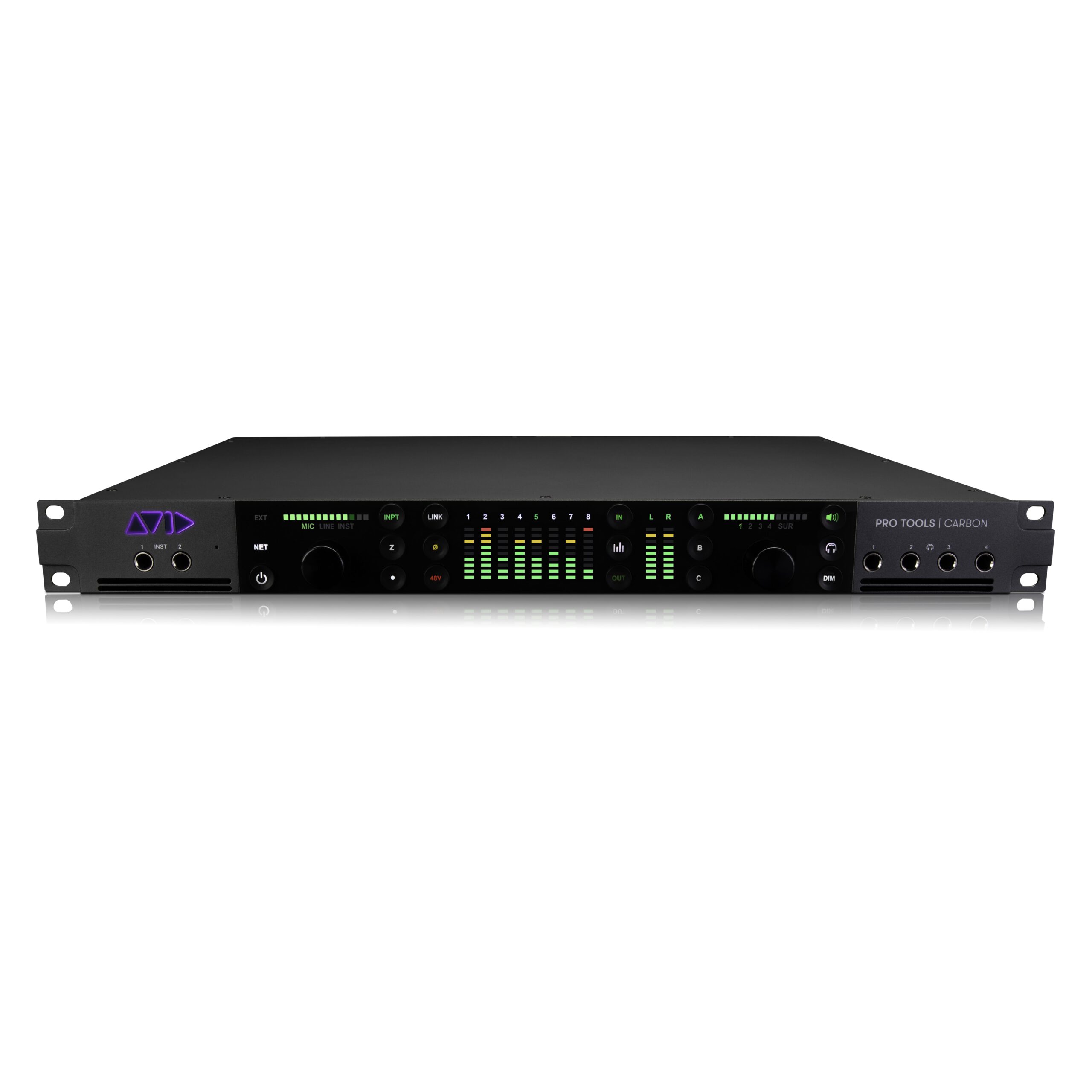
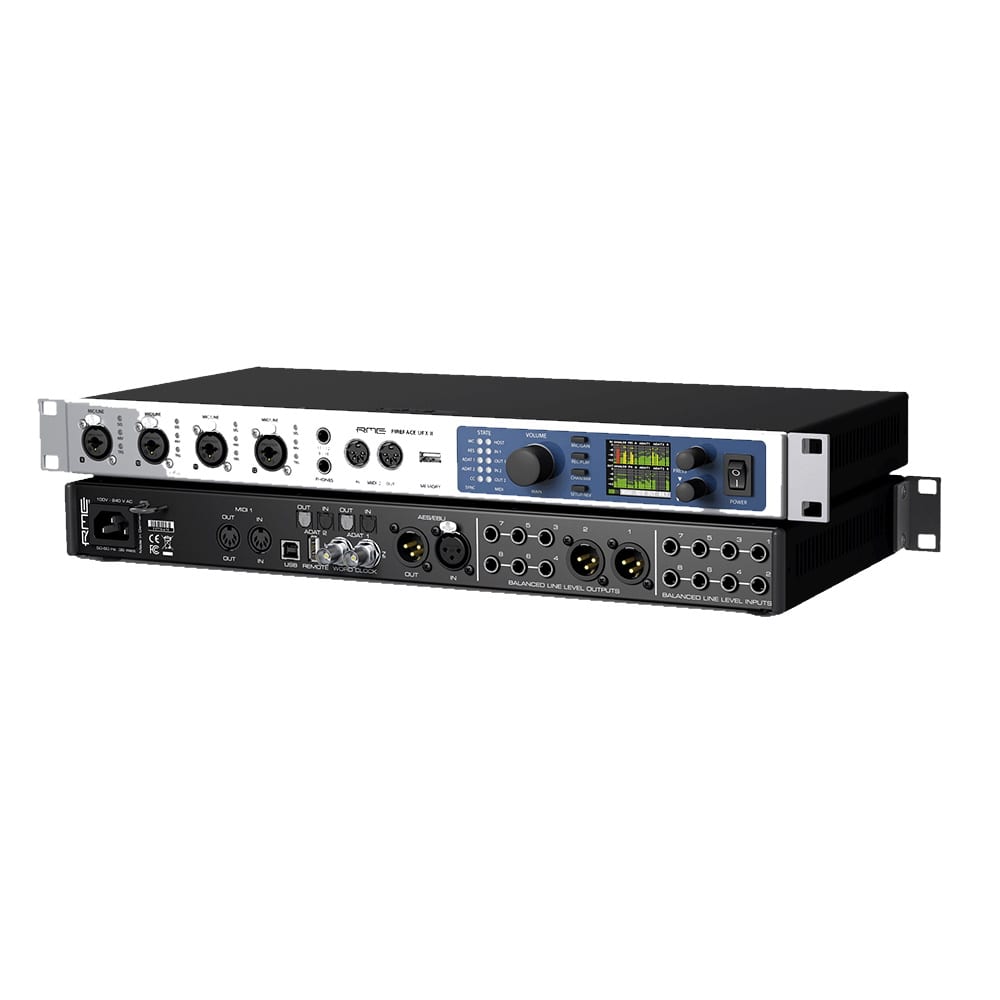
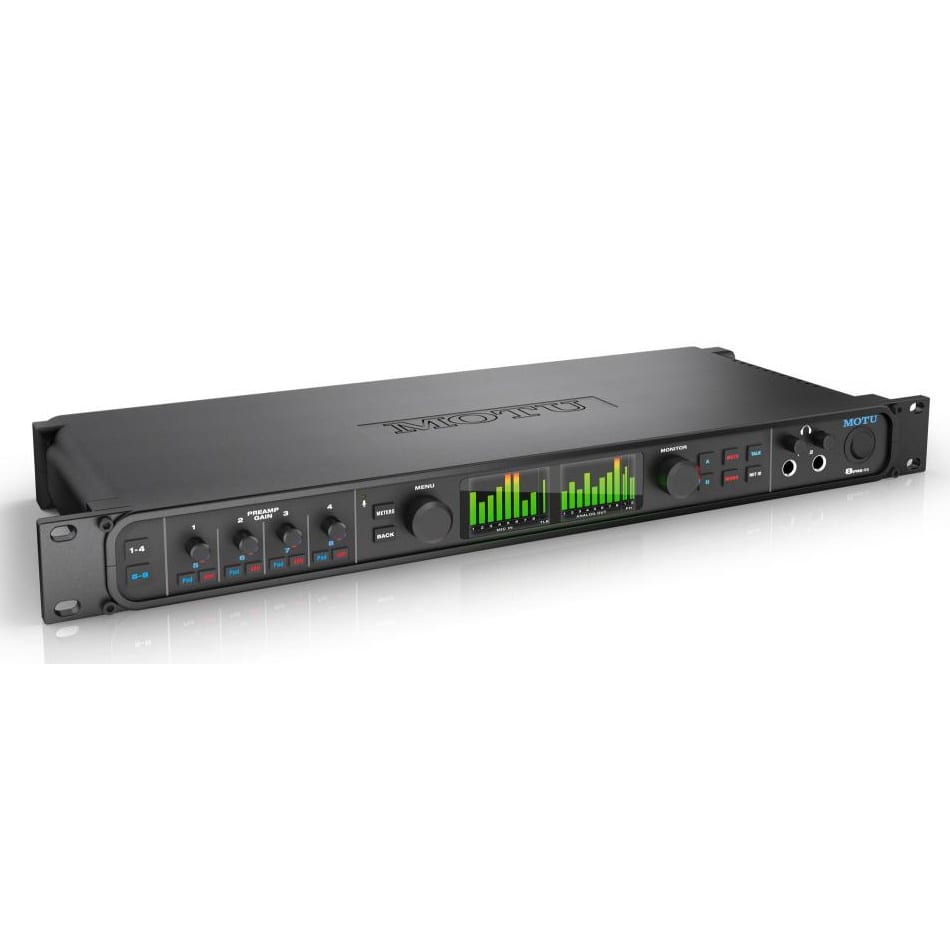
Reviews
There are no reviews yet.